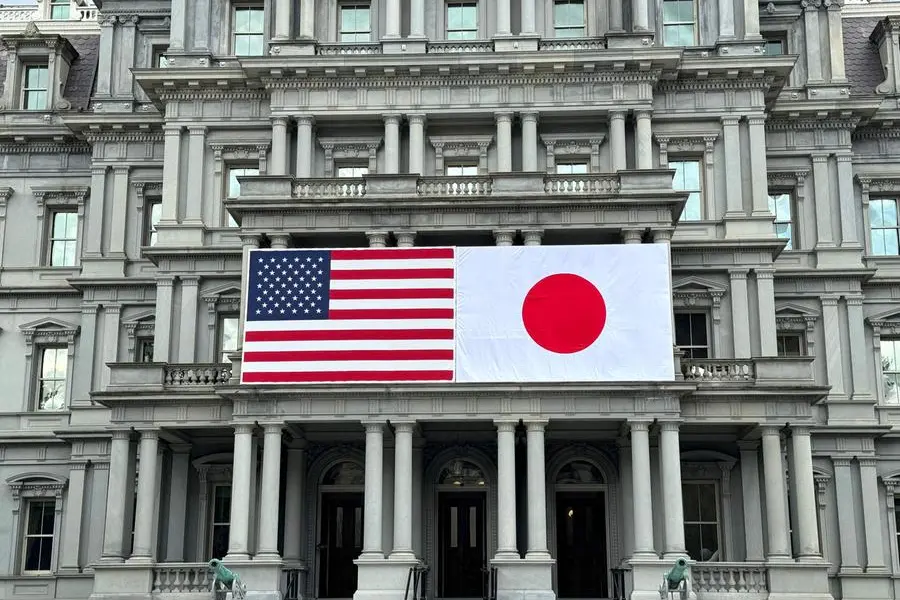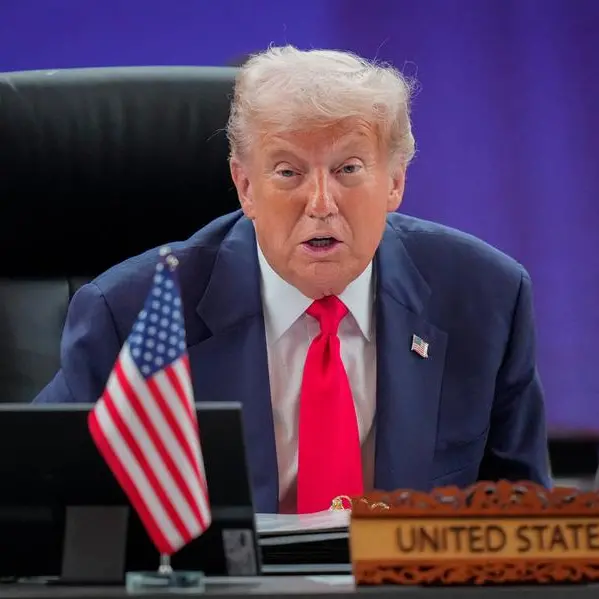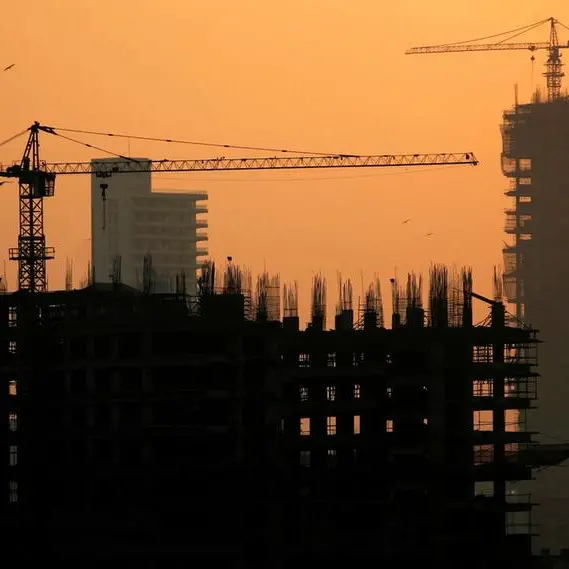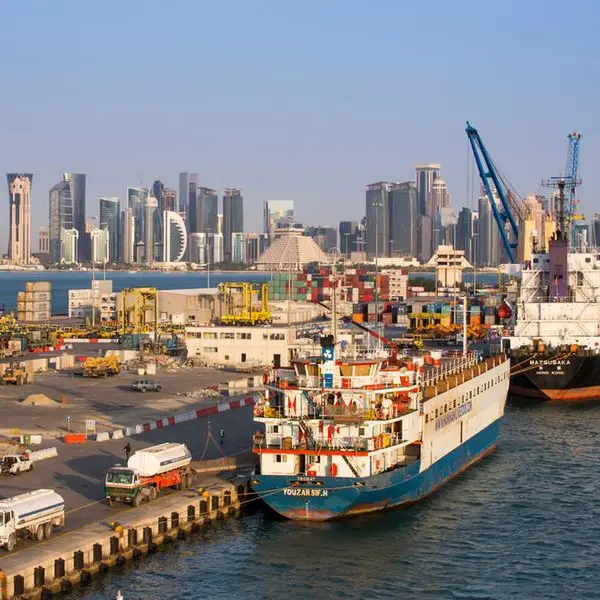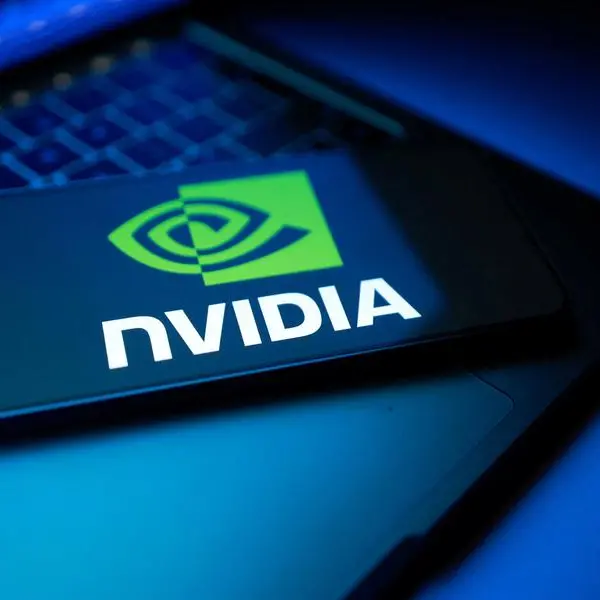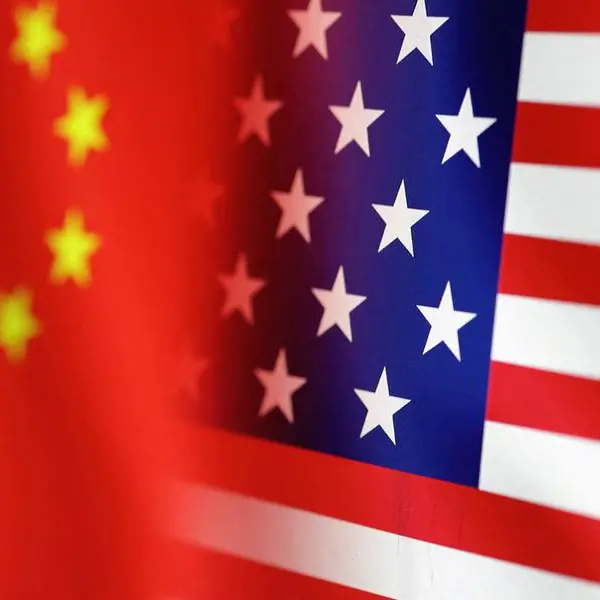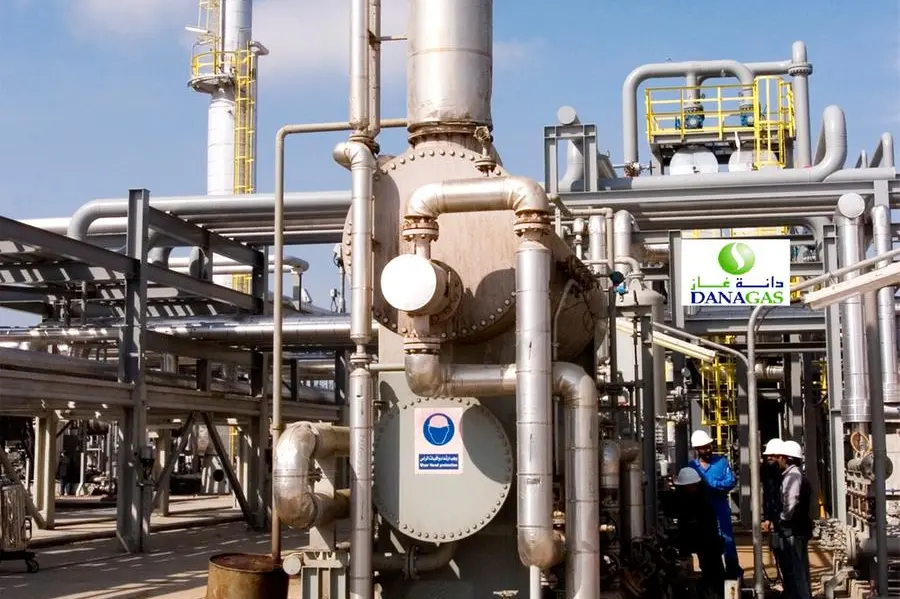PHOTO
Prime Minister Fumio Kishida this week makes the first state visit in nearly a decade by a Japanese leader to the United States, with defence cooperation high on the agenda.
Here are five points about the countries' relationship:
- WWII adversaries -
Formal ties between Japan and the United States date back to the mid-19th century, when US Commodore Matthew Perry and his "black ships" flotilla forced Japan out of two centuries of self-imposed isolation.
The 20th century brought Japan's brutal rampage across Asia and World War II, which ended in 1945 after the United States dropped atomic bombs on Hiroshima and Nagasaki.
After Japan surrendered, US occupying forces drafted a new constitution for the country, banning it from using force to settle international disputes.
In 2016, Barack Obama became the first sitting US president to visit Hiroshima, where around 140,000 people died in the nuclear attack and its aftermath.
- Defence alliance -
Today there are 54,000 US military personnel stationed in Japan, mostly in the southern region of Okinawa.
The US presence is important to both nations' defence strategies as tensions rise with China and North Korea, while local opposition to the bases is softening in Okinawa -- a potential front line of any future conflict.
Japan is doubling its military spending as part of an overhaul of its security strategy, and reports say Kishida and President Joe Biden could agree the biggest upgrade to US-Japan command and control structures in decades.
- Trade partners -
Japan and the United States are each other's top foreign investors. They cooperate on research into semiconductors, nuclear energy and space, among other fields.
Top Japanese automaker Toyota recently announced it will invest $1.3 billion into its Kentucky factory to begin US production of electric vehicles from 2025.
But Biden has spoken out against a proposed $14-billion Japanese takeover of US Steel, which is based in Pennsylvania, a key election battleground.
- Diplomatic outreach -
Last year, the nations called themselves "the closest of allies and friends, newly committed to achieving peace and prosperity".
The Asia-Pacific region faces "growing challenges, from actions inconsistent with the rules-based international order by China to provocations by North Korea," they said in a joint statement.
But they need other countries' support.
The United States, Japan, Australia and India have formed the Quad grouping, while Kishida and Biden held a historic summit with South Korea's president last year.
This week will see the first trilateral summit between the US, Japan and the Philippines. Kishida is also expected to discuss cooperating on defence technology with AUKUS, which groups the United States, Australia and Britain.
- Space and sports -
Tokyo and Washington want to work together to land two Japanese astronauts on the Moon in the US-led lunar exploration programme Artemis.
Back on Earth, the two countries also share a love of sports including basketball and baseball, with Japanese megastar Shohei Ohtani joining the Los Angeles Dodgers last December in a record-breaking $700 million deal.
